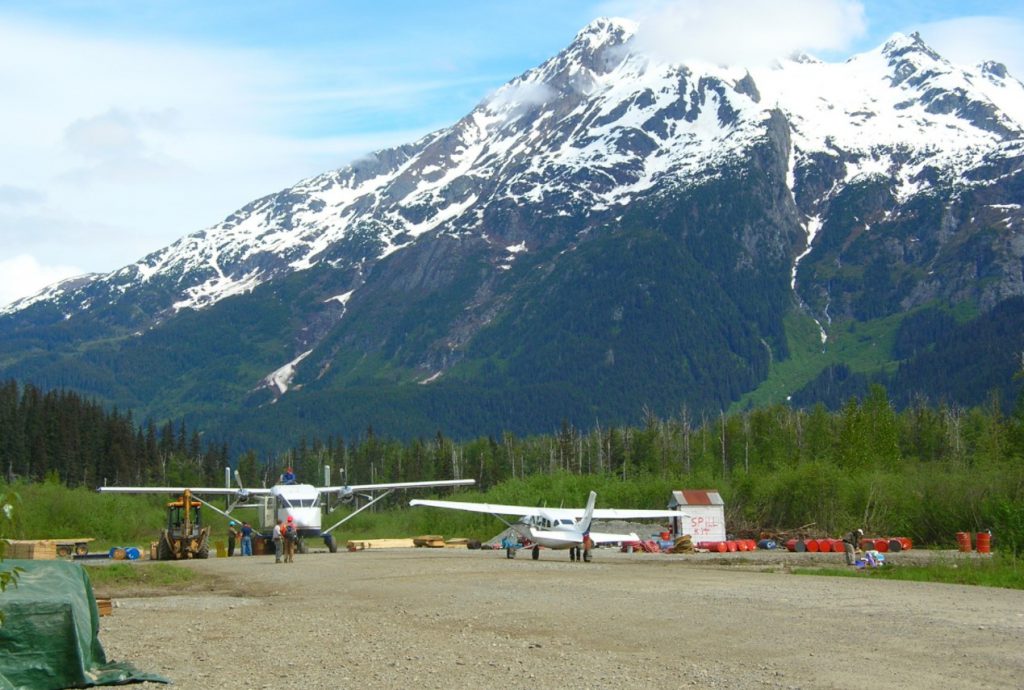Canagold Resources updates New Polaris Project, British Columbia

Canagold Resources Ltd. [TSX: CCM; OTCQB: CRCUF, FSE: CANA] reported a significant milestone in the development of its New Polaris Project, located in the Traditional Territory of the Taku River Tlingit in northwestern British Columbia. The British Columbia Environmental Assessment Office (BCEAO) has recommended that the New Polaris Project proceed to the Process Planning Phase of the environmental assessment.
This recommendation follows a thorough review that evaluated the potential environmental and socio-economic impacts of the project. The Taku River Tlingit First Nation’s support for this recommendation reflects Canagold’s commitment to responsible development and collaboration with them.
Throughout the Early Engagement phases of the environmental assessment process, we have actively addressed the concerns raised by the Taku River Tlingit, Indigenous groups in Alaska, stakeholders, and government regulators in both British Columbia and Alaska. The company has incorporated feedback into its project planning, leading it to forgo the more complex process of on-site doré production in favour of producing a high-grade flotation concentrate. This strategic decision has not only reduced environmental impacts but also enhanced the project’s economic viability through:
Reduction in Power Requirements: The revised project will have significantly lower energy requirements and diesel needed for power generation. With the potential for on-site hydro power development, diesel consumption can be reduced even further.
No Cyanide Usage: Notably, there will be no cyanide used in the flotation process and our Co-Storage Facility (for storing process tailings and mine waste rock) will no longer include materials high in arsenic.
Freight Transportation Improvements: With concentrate being flown off-site, operational supplies can now be flown in as needed. This will significantly reduce the need for barging after the initial two years of construction are completed.
Reduced Site Storage Facilities: Delivery of operating supplies will be spread evenly throughout the year, minimizing on-site storage requirements. This will significantly reduce the size of fuel storage facilities required on-site.
Highlights: Recommendation for Process Planning Phase: The EAO’s recommendation marks a pivotal advancement for the New Polaris Project, moving it from the Readiness Decision to the Process Planning Phase. This stage will involve comprehensive planning to ensure a thorough and effective environmental assessment.
Collaborative Effort: The support of the Taku River Tlingit First Nation highlights our commitment to engaging with them and incorporating their perspectives into the project planning process. This relationship reflects our dedication to environmental stewardship and meaningful engagement and collaboration.
Project Impact: The New Polaris Project, a high-grade gold deposit, holds potential to contribute significantly to the regional economy. Progressing to the Process Planning Phase brings us closer to unlocking the project’s benefits while upholding rigorous environmental and social standards.
“We are thrilled to advance to the Process Planning Phase and sincerely appreciate the constructive engagement with the Taku River Tlingit and the BCEAO,” said Canagold Resources CEO, Catalin Kilofliski, “This milestone underscores our commitment to responsible mining practices and our ongoing collaboration with the Taku River Tlingit First Nation, Indigenous groups in Alaska, stakeholders, and government regulators in both British Columbia and Alaska. We look forward to continuing this journey and ensuring that the New Polaris Project brings positive benefits to the region.”
The Process Planning Phase will focus on developing comprehensive plans for the environmental assessment, including consultations with stakeholders and the public. Canagold Resources is dedicated to maintaining transparency throughout this process and will provide regular updates as the project progresses.
